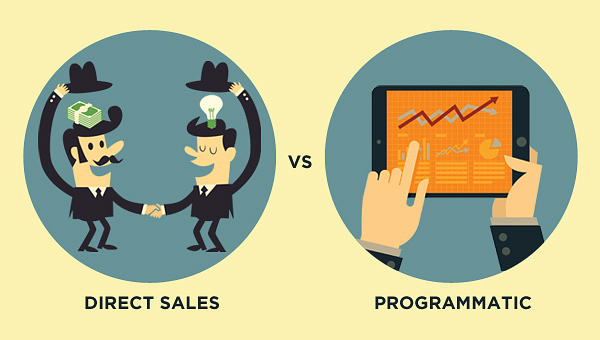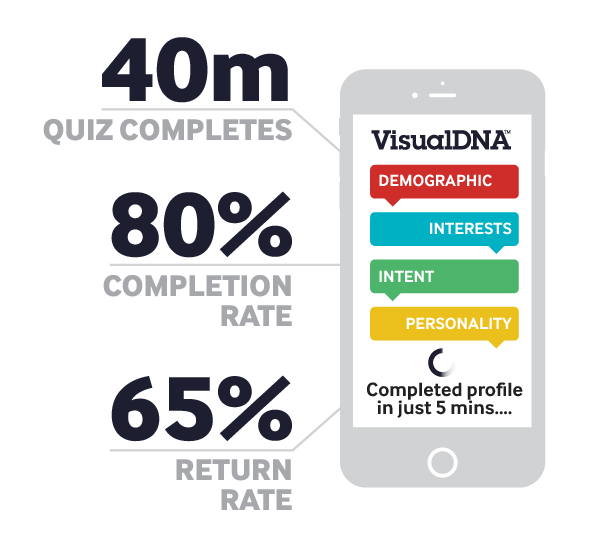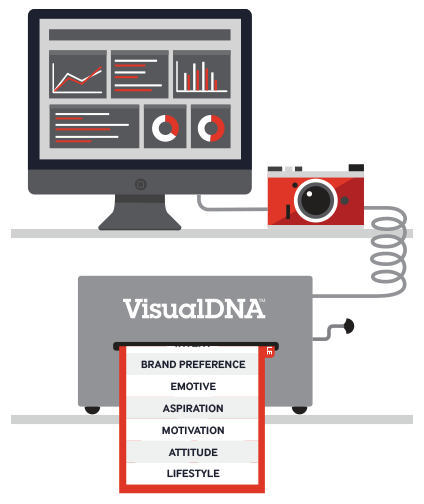Raj Dhanda, Business Development Director at VisualDNA, shares his thoughts with us on how Big Data and Psychology are colliding to create effective programmatic advertising strategies.
There’s evidently a huge desire from agencies and brands alike to spend more on brand advertising through programmatic channels. Programmatic display ad spend is a $9 billion market that is expanding at almost 30% a year. Spend is expected to exceed $30 billion in 2019, according to the latest report from The Boston Consulting Group. However, the challenge remains of how to truly differentiate a brand from the competition.
No one will deny that placement selection, ad viewability, and creative ad formats are all elements of a good programmatic branding strategy. However, as programmatic advertising evolves, the power of intelligent data and how it can help improve engagement with its customers with a brand will come to the forefront. Everyday we’re being asked:
- “What levers are there that will help shift perceptions of my brand and increase engagement?’
- “How can I optimise my creative targeting to better suit different personality types?”
- “What can I do to ensure my brand is connecting with my audience on an emotional level, and how can I measure this?”
- “Which psychological type is most likely to assist in creating the halo effect around my brand?”
The answer is – as with performance marketing more generally – through the use of smart and differentiated data. For example, these days a brand can optimise towards ‘high extraversion’ if the creative depicts excitable group scenarios, towards people with ‘high conscientiousness’ if it’s trying to demonstrate its eco-friendly credentials, and towards ‘openness’ if it’s challenging consumers to think differently. This type of data is here now. With VisualDNA, the personality combinations that can be targeted are endless. The data set has been built with the consumers thoughts and feelings at the centre.
There’s no denying the industry has done well to devise sophisticated tech and data strategies to deliver on performance goals. There are some great examples of ad tech platforms that collaborate to make this work. Currently these campaigns often use similar operational metrics for engagement as for ‘direct response’ and the industry needs to move on for more brands to be confident to allocate an increasing share of brand budgets to digital advertising.
Take Coca-Cola for example. Does Coke really place that much importance on which site generated the most clicks on their ad, or does it just make do with this metric as there’s nothing better around? Does Coke really expect a user to buy a can immediately at the point of seeing an ad? When a company spends on ‘brand’, it is trying to create an emotional connection with its target group. A good example is the seasonal Christmas Coke ad, which aims to convince that Christmas isn’t the same without it. The company invests in you buying in to the dream.
Nike, Audi, Apple – all of these brands want access to consumers feelings and emotions. This is demonstrated by multimillion pound creative budgets, which don’t promote any specific offer. The objective is to create or maintain that ‘halo effect’, the feeling in the hearts and minds of current and prospective consumers that will keep them dreaming about their brands for years. VisualDNA allows brands to access these feelings and emotions and there’s no wonder over 1,000 brands a month are engaging with this unique brand of data.






